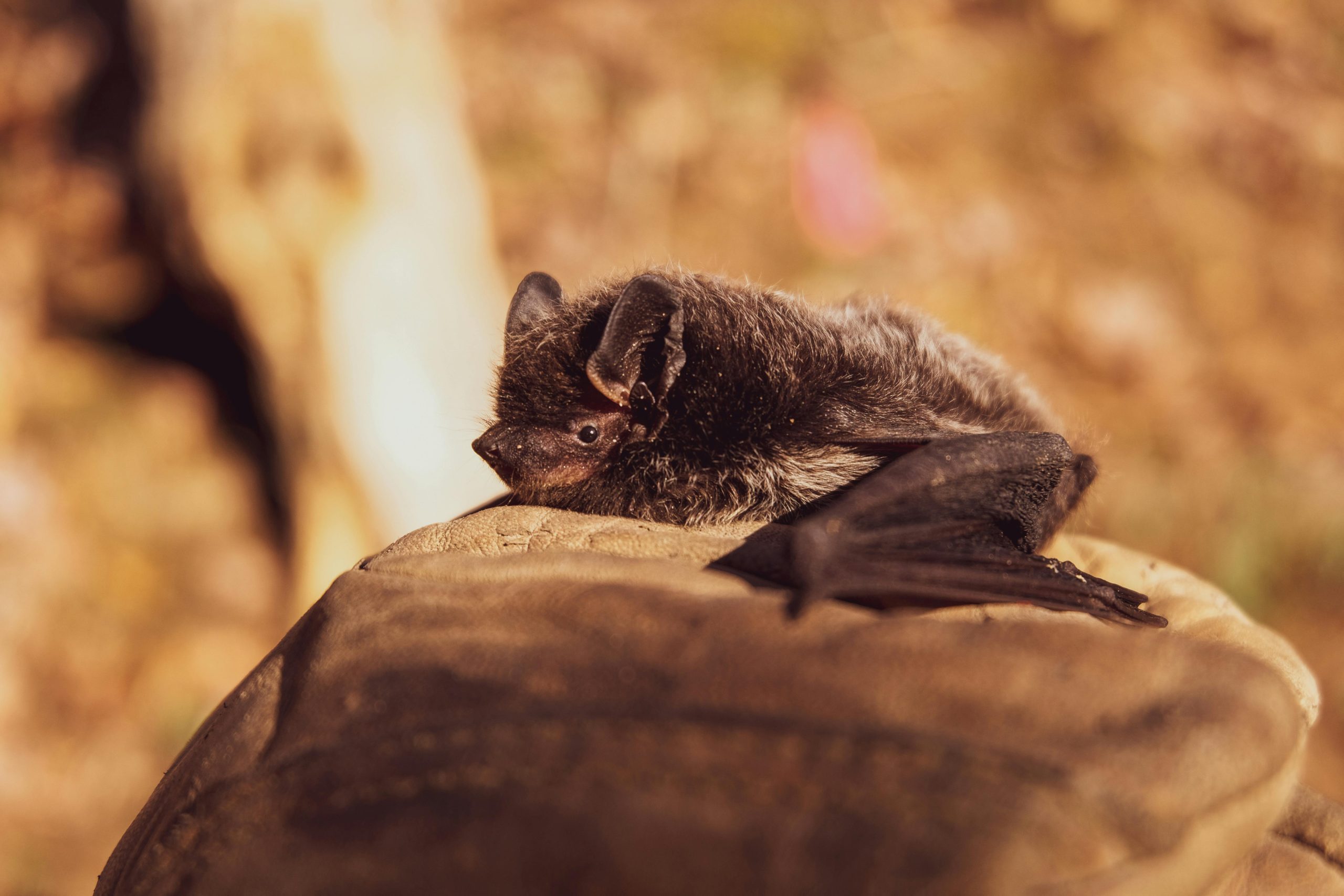Bat surveys are often requested by the local planning authority when someone is seeking to develop an existing site or start a new development on land that has been acquired. There are various different types of bat survey but the two most common are Preliminary Roost Assessments (PRA) and Emergence/Re-entry surveys. Aerial Tree Roost Surveys and Ground Level Tree Assessments (GLTAs) may be required on sites where trees need removing but show potential for roosting bats. Potential roosting features can include rot holes, cracks, and woodpecker holes to name a few.
What is a PRA – Preliminary Roost Assessment?
A Preliminary Roost Assessment is used to identify and collect physical evidence of bat activity and presence. If no evidence is found, then an assessment based on any roosting features that are present are categorised depending on potential to be used by bats, ie. High, Moderate, Low or negligible. This assessment can be conducted at any time during the year.
What is an Emergence- Re-entry Survey?
This survey only needs to be carried out if there is evidence to suggest that bats could be using the site. The survey is designed to identify the species of bats roosting in the building/tree, the population sizes, the roost type, and the entry and exit points in the structure. Conducted at dusk, this survey usually involves two or more surveyors and can only be undertaken during the active season between May and September.
What is a GLTA – Ground Level Tree Assessment?
Much like looking for emergence and re-entry points in a structure, the GLTA is used to identify any tree features that could be used by roosting bats. Trees can be categorised based on their suitability, high suitability trees may need further survey effort in the form of Aerial Tree Roost Surveys or Emergence/Re-entry surveys.
What is an Aerial Tree Roost Survey?
This type of survey involves two ecologists climbing trees with ropes and harnesses to investigate roosting features. This is done using an endoscope inspection camera. This level of survey is specialised and can only be carried out by ecologists with a Class 2 Bat Licence and the relevant Tree climbing and Aerial rescue qualification.
How long does a bat survey last?
Depends on the type of survey carried out and the size of the project. For most residential projects such as extensions and conversions the initial PRA will take a few hours plus additional time to research the site and compile a report for the Local Planning Authority.
Emergence/Re-entry surveys usually take around 2 hours starting 15 minutes before sunset. If a structure is considered high potential or a confirmed roost then 3 Emergence/Re-entry surveys will be required at 3 weeks intervals during the active bat season.
Tree surveys are dependent on the number of trees being assessed.
How we can help
If your development or home is in need of a Bat Survey, contact us here to see how we can help.
